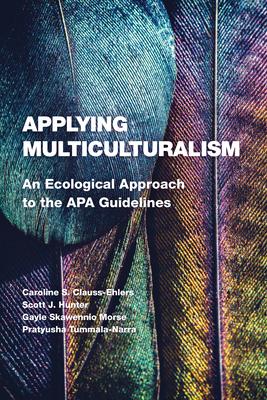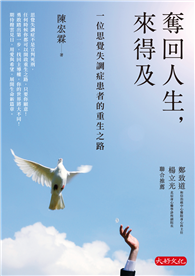This book expands on APA’s 2017 Multicultural Guidelines by exploring additional research and providing students and professionals with practical applications for clinical practice, teaching and training, research, and consultation.
As codevelopers of the guidelines, the authors provide their unique expertise in multicultural psychology, explaining how to develop cultural responsiveness and humility and become attuned to the diversity of human needs and experiences. They also describe how to create constructive dialogues about social identity and build fruitful bidirectional relationships with clients, students, and organizations, among others. This book takes an intersectional and ecological approach that considers a variety of cultural factors at multiple levels, ranging from small to large groups, to societal and cultural forces, and to historical changes. Within this layered ecological model, each of the ten guidelines is explored in depth in its own chapter, including illustrative case examples and discussion questions. The book concludes with a comprehensive review that ties the ten multicultural guidelines together and highlights key takeaways, as well as providing future considerations for how multicultural psychology will evolve.| FindBook |
|
有 1 項符合
Applying Multiculturalism: An Ecological Approach to the APA Guidelines的圖書 |
 |
$ 3959 | Applying Multiculturalism: An Ecological Approach to the APA Guidelines
作者:Clauss-Ehlers 出版社:American Psychological Association (APA) 出版日期:2023-09-19 語言:英文 規格:平裝 / 260頁 / 普通級/ 初版  看圖書介紹 看圖書介紹
|
|
|
內容簡介
作者簡介
Caroline S. Clauss-Ehlers, PhD, is an Associate Professor at Rutgers University. Dr. Clauss-Ehlers is a licensed psychologist and is the program/clinical coordinator for the Programs in School Counseling and Counseling Psychology at Rutgers. Dr. Clauss-Ehlers studies cultural resilience, culturally competent services, and systems that promote developmental competence.
Gargi Roysircar, EdD, is a Professor of Clinical Psychology at Antioch University New England. She is also Founding Director of the Antioch Multicultural Center for Research and Practice. Dr. Roysircar conducts research on disaster outreach in international settings, the effects of acculturation and enculturation on immigrant mental health, multicultural competencies in practice and assessment, and training graduate students in culturally informed practice.
Scott J. Hunter, PhD, is a licensed clinical psychologist and development psychologist with specialty training in pediatric neuropsychology. Dr. Hunter is a faculty member in both the Psychiatry and Behavioral Neuroscience and Pediatrics Departments at the University of Chicago. He also serves as the Director of Neuropsychology, managing a clinical and research program that works with adults, children, and adolescents with a range of neurodevelopmental and medical disorders.
|











